12 Childhood Items Boomers Swear Were Safe (But Actually Weren’t)
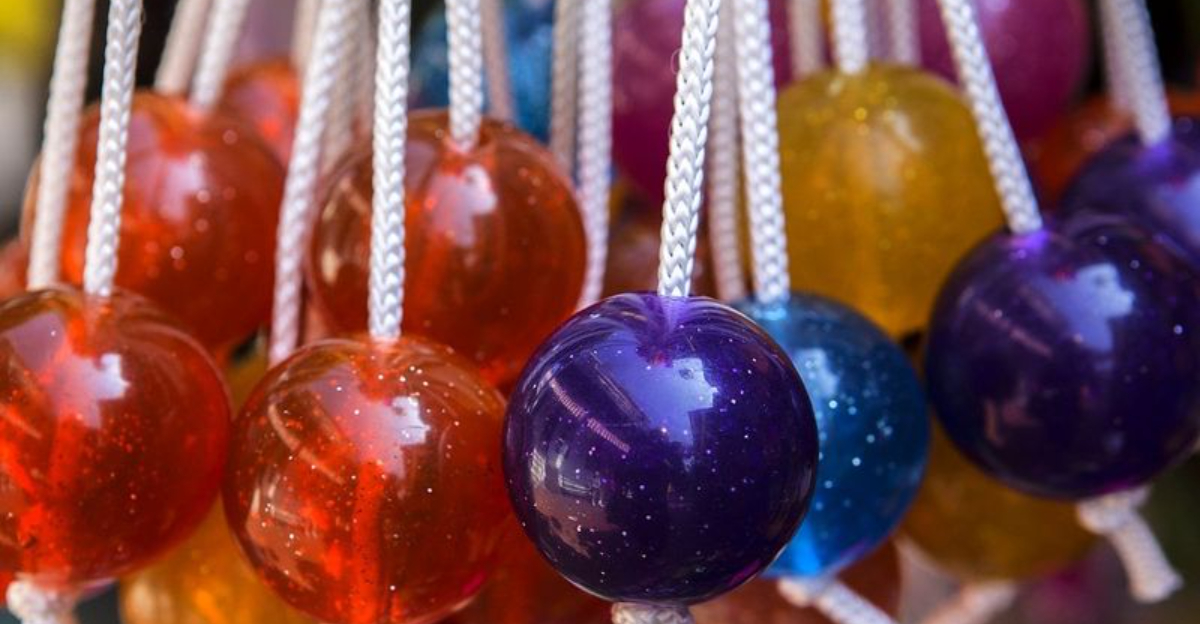
Growing up in the Baby Boomer era meant freedom, exploration, and, surprisingly, a whole lot of danger hiding in plain sight.
Parents back then had a more relaxed approach to safety, allowing kids to play with items we now recognize as health hazards or accident-waiting-to-happen toys.
Take a nostalgic but eye-opening journey through these childhood staples that somehow escaped safety regulations.
1. Lawn Darts (Jarts)
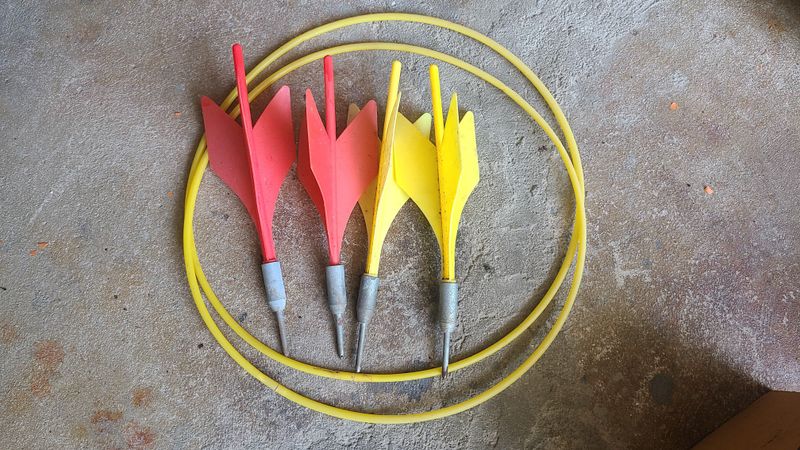
Heavy metal spikes with plastic fins that children tossed toward targets on the ground. What could possibly go wrong? Turns out, quite a lot.
These backyard missiles caused thousands of injuries before being banned in 1988. The pointed steel tips could pierce skulls with alarming ease, yet families treated them as harmless outdoor entertainment.
2. Lead Paint Everywhere
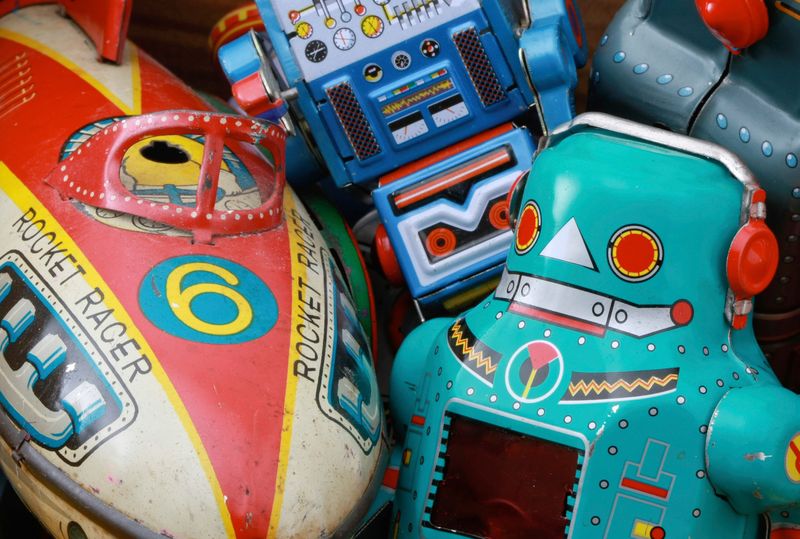
The kaleidoscope of colors decorating Boomer childhoods came with a toxic secret. Lead paint covered everything from bedroom walls to toy soldiers and dollhouses.
Kids routinely put painted toys in their mouths or breathed dust from chipping paint. The sweet taste actually encouraged children to eat paint chips!
Nobody realized this colorful coating caused developmental delays, learning disabilities, and behavior problems.
3. Asbestos-Filled Snow
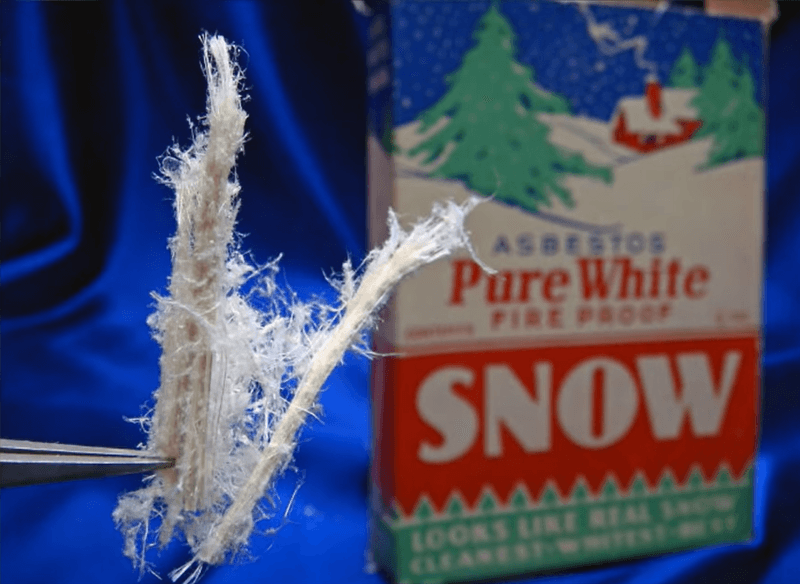
Fake snow for Christmas villages and fireproof modeling clay delighted children with their realistic properties. The secret ingredient? Pure asbestos fibers.
Kids breathed in microscopic fibers while creating winter wonderlands or crafting figurines. Parents had no idea these innocent-looking products contained carcinogens that would lodge in lungs for decades, potentially causing mesothelioma and other dangerous diseases later in life.
4. Clackers
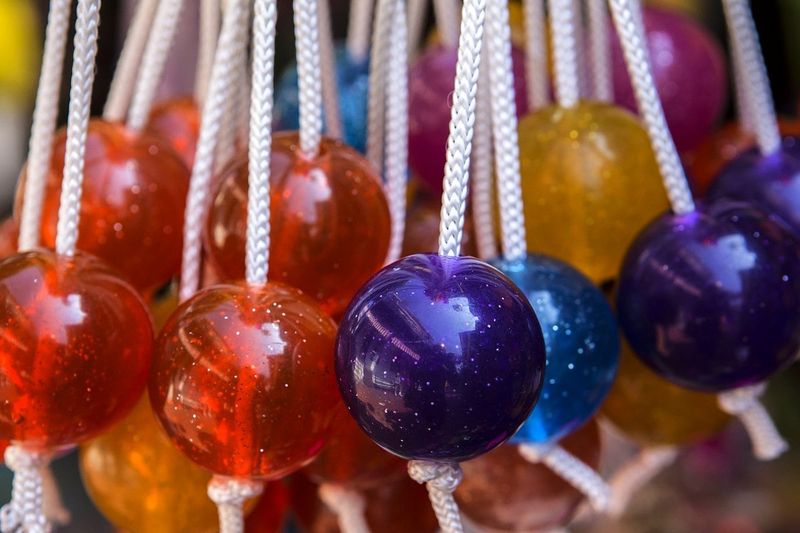
Remember those hard plastic or glass balls attached to strings that made satisfying clacking sounds? They were essentially miniature wrecking balls for your face.
Children would swing these acrylic spheres up and down until they smashed together at high speeds near their eyes and faces.
The balls frequently shattered into sharp fragments, sending kids to emergency rooms nationwide before being pulled from shelves.
5. Creepy Crawlers
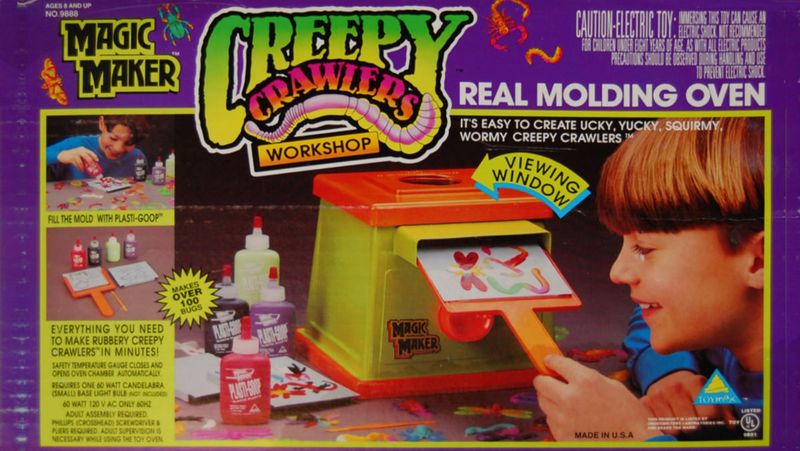
The Creepy Crawlers set was a dream for imaginative minds. Kids could create their own rubber insects by heating up a concoction known as Plastigoop. However, the fun came with its own set of dangers.
The device used to heat the Plastigoop often reached skin-searing temperatures, making burns a common occurrence. Additionally, the fumes emitted during the process were less than healthy.
Despite these hazards, the joy of crafting a unique bug was unmatched, providing hours of entertainment for adventurous kids.
6. Metal Playground Equipment
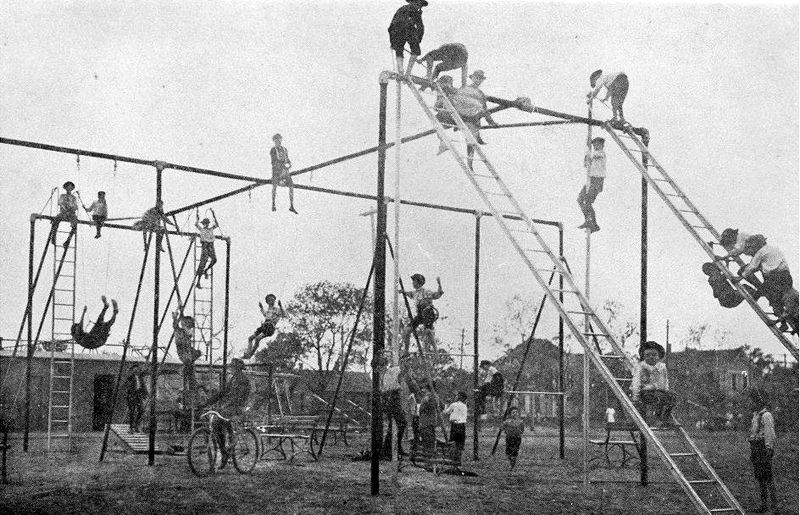
Towering metal slides baked in the summer sun until they reached skin-searing temperatures. No rubber safety surfaces existed—just concrete or packed dirt waiting below.
Playground equipment reached dizzying heights with no safety rails or fall zones. The monkey bars and jungle gyms stood atop asphalt or gravel, guaranteeing maximum injury from inevitable falls.
Third-degree burns and broken bones were practically childhood rites of passage.
7. Cribs with Wide Slats
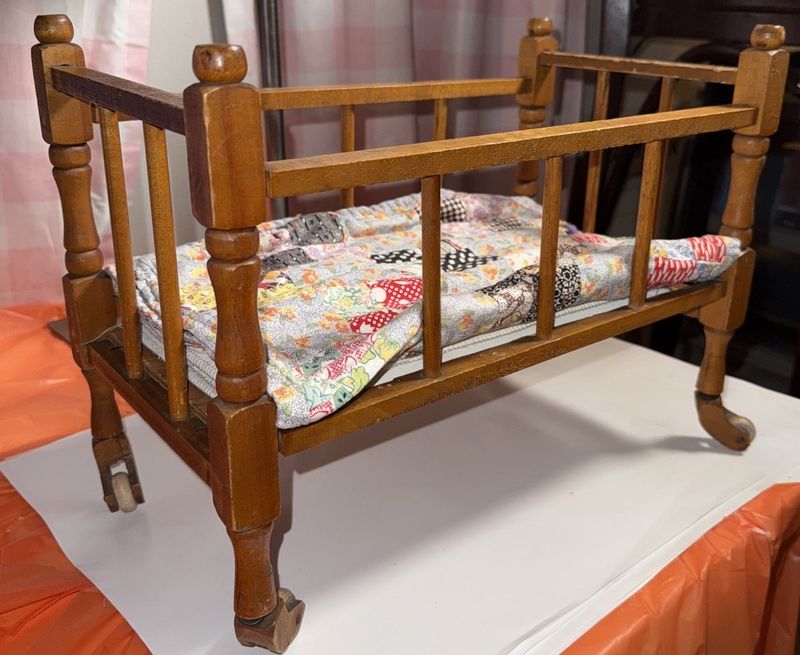
Baby furniture once featured gaps wide enough for curious infants to squeeze their heads through. Drop-side cribs collapsed unexpectedly, and lead paint covered everything.
Decorative cutouts created perfect traps for tiny limbs. Plush crib bumpers, pillows, and blankets—now known suffocation hazards—were standard in every nursery.
Babies slept surrounded by strangulation and entrapment risks that modern parents would find horrifying.
8. Car Rides Without Seatbelts
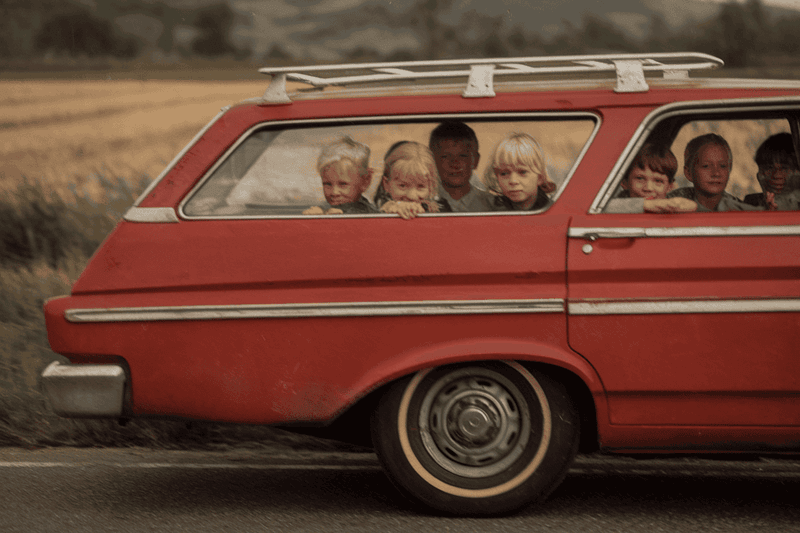
Freedom meant bouncing around station wagons and riding in pickup truck beds with the wind in your hair. Seatbelts? Optional at best.
Babies rode in mothers’ laps in the front seat. Toddlers stood on the passenger seat or crawled freely throughout vehicles in motion.
The family car became a mobile playground during road trips, with children sliding across bench seats during turns and stops.
9. Candy Cigarettes
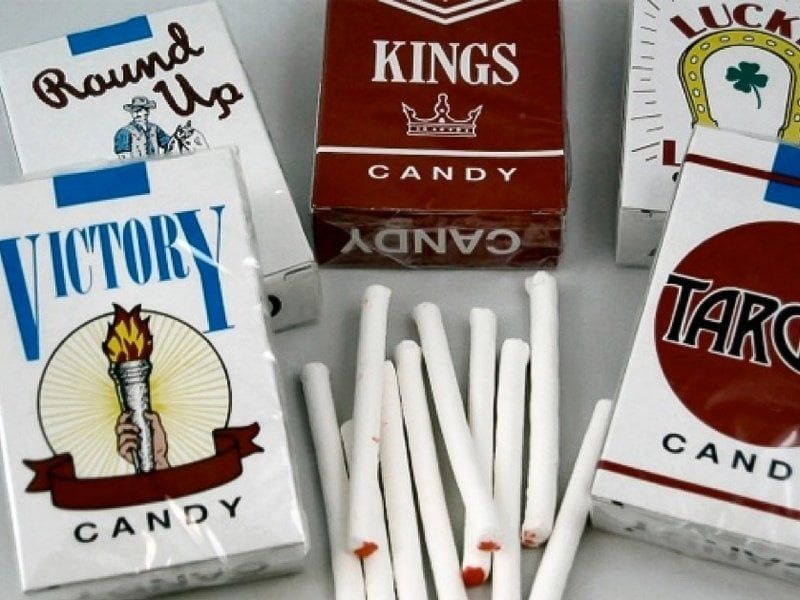
Nothing says “healthy childhood” like pretending to smoke! Candy cigarettes came in packages mimicking real cigarette brands, complete with realistic designs and packaging.
Children practiced puffing techniques with chalky sugar sticks or bubblegum versions that even produced a puff of powdered sugar “smoke.”
Adults thought it was adorable when five-year-olds mimicked their smoking habits, completely missing how these treats normalized tobacco use for impressionable kids.
10. BB Guns and Slingshots
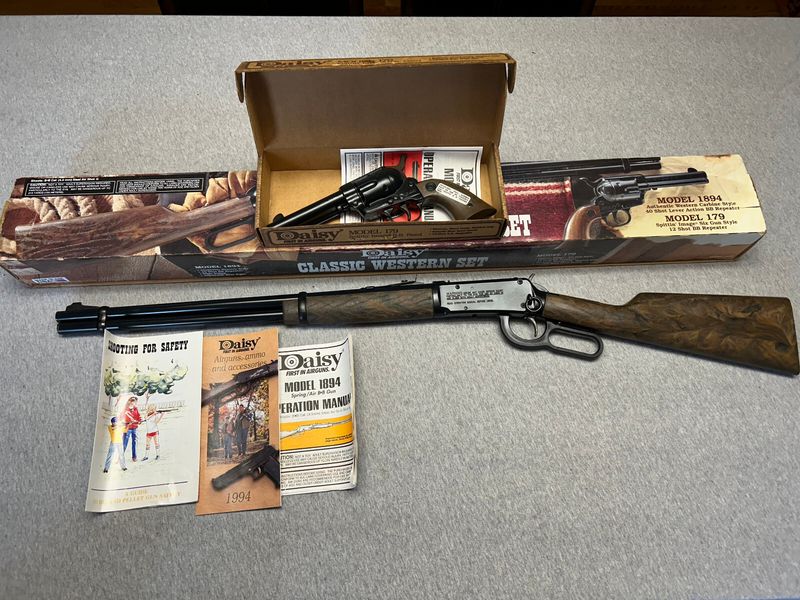
“You’ll shoot your eye out” wasn’t just a movie line but a legitimate concern ignored by millions of parents. BB guns capable of serious injury were standard Christmas gifts.
Young boys roamed neighborhoods with weapons that could penetrate skin or damage eyes. Slingshots with metal projectiles became extensions of boyhood.
These weren’t toys but actual weapons, marketed directly to children with minimal safety warnings or age restrictions.
11. Exploding Chemistry Kits
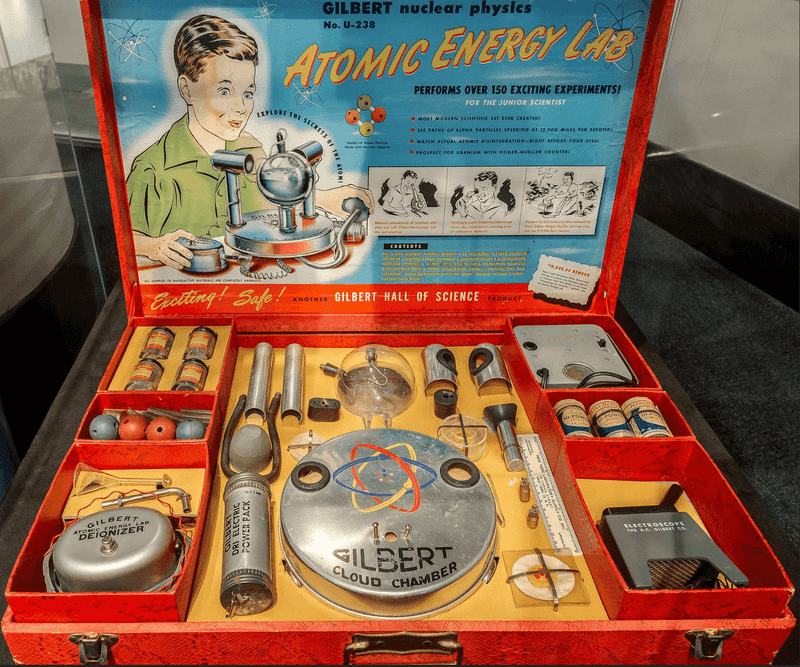
The Gilbert U-238 Atomic Energy Lab contained actual uranium ore samples. Yes, radioactive materials marketed specifically for children’s entertainment!
This wasn’t some obscure product either. Major department stores sold these kits containing radioactive materials, along with a Geiger counter to measure the radiation.
Children handled uranium samples while learning about nuclear science, blissfully unaware of radiation exposure risks.
12. Vintage Toy Ovens
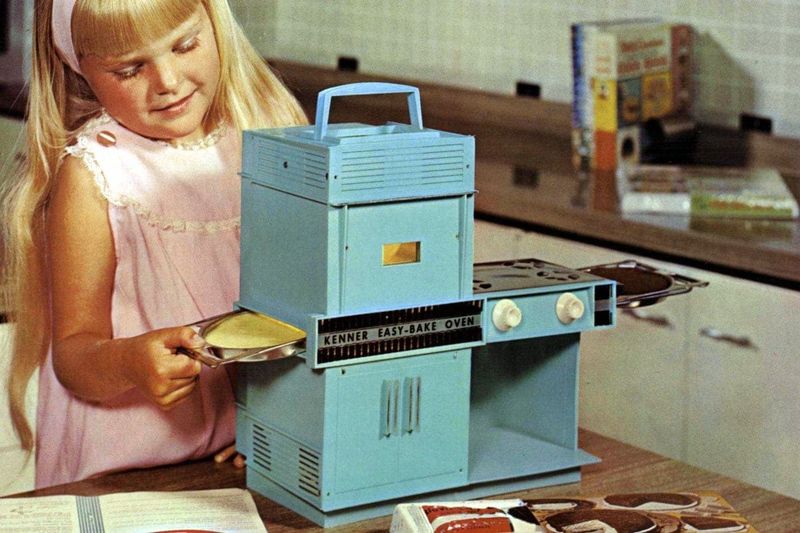
The Easy-Bake Oven reached temperatures hot enough to cook food and burn little fingers. Early models used a 100-watt lightbulb as a heating element, creating burn hazards throughout.
Metal exteriors conducted heat brilliantly, turning the entire toy into a burn risk. Children as young as five operated these miniature ovens without supervision.
The combination of high heat, electrical components, and eager young bakers created a recipe for injuries.
